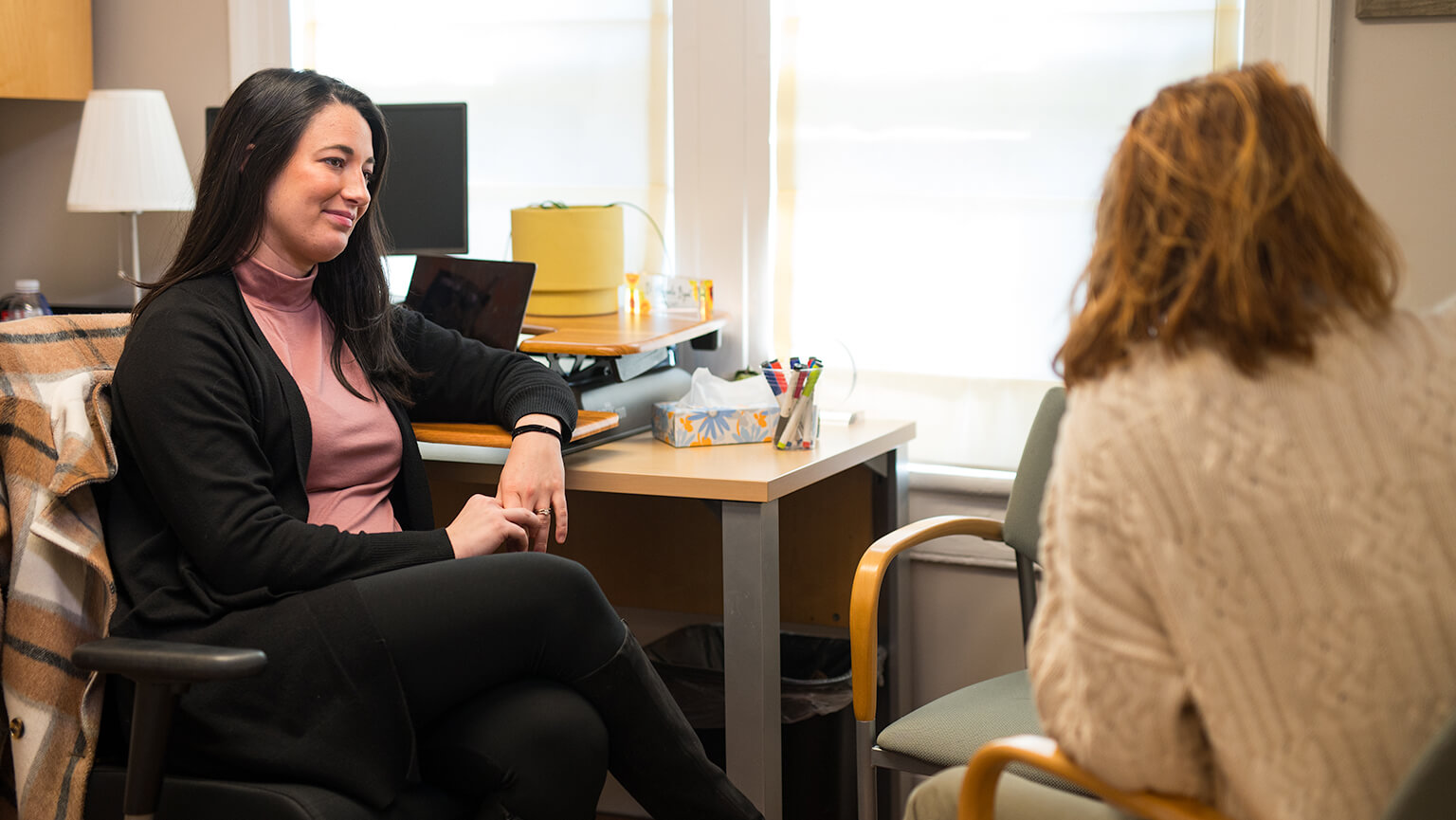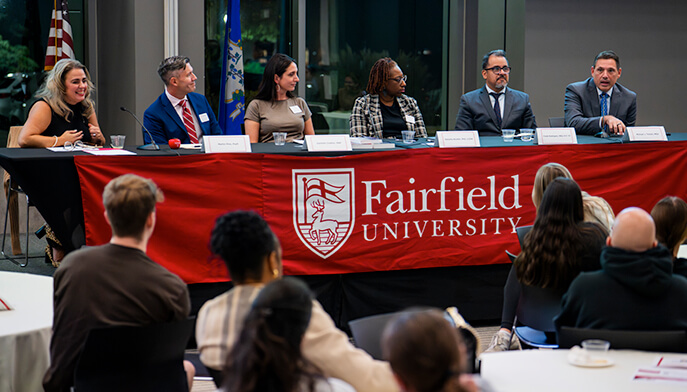If you're drawn to a career that helps individuals, couples, and families heal and grow—while also developing your own emotional insight—becoming a Marriage and Family Therapist (MFT) may be the right path for you. But how do you actually get there?
This guide breaks down the steps for how to become an MFT, from your first degree to your first client. Whether you're just beginning to explore graduate programs or actively preparing your application, this roadmap offers clarity and encouragement for the journey ahead.
Step 1: Earn a Bachelor’s Degree in a Related Field
The first step toward becoming a licensed marriage and family therapist is completing a bachelor's degree. Most marriage and family therapy (MFT) degree programs look for applicants with academic backgrounds in psychology, sociology, human development, or other related fields. However, your major doesn’t have to be a perfect match, as long as you can demonstrate interest and experience in helping professions. As you research your degree and career path, consider how counseling, marriage and family therapy, and clinical social work are different to make sure an MFT path is the right fit for you.
Tip: Work, volunteer, or internship experience in education, healthcare, ministry, or community outreach can strengthen your application.
Step 2: Complete a Master’s Degree in Marriage and Family Therapy
The next step is to earn a master’s degree from an accredited MFT program. This is where you'll dive deep into the clinical practice, relational foundations of therapy, and gain a systemic perspective on the profession. Graduate coursework typically includes topics such as:
- Family systems theory
- Human development
- Couple and family therapy techniques
- Diversity and cultural competence
- Legal and ethical practices
- Diagnosis and treatment planning
You’ll also participate in hands-on clinical training, working with real clients under the supervision of experienced professionals. The education requirements for most programs include at least 500 hours of face-to-face client contact. MFT certification in Connecticut also requires 100 hours of supervised therapy. You’ll want to make sure your program is accredited by the Commission on Accreditation for Marriage and Family Therapy Education (COAMFTE), which is the sole accrediting agency for marriage and family therapy education and training programs in the United States and Canada. Accreditation by COAMFTE signifies that a program meets established standards for quality in marriage and family therapy education.
Fairfield University’s COAMFTE-accredited Marriage and Family Therapy curriculum is designed to prepare you with both the academic knowledge and practical experience needed to enter the field confidently. The master’s-level MFT degree program is 60 credit hours and typically takes 36 months to complete if attending full time or up to 72 months of part-time study.
Step 3: Accumulate Postgraduate Supervised Clinical Hours
After earning your degree, you’ll need to complete additional supervised clinical experience before applying for licensure. Most states require approximately 2,000 to 4,000 hours of post-degree practice, typically spread over a period of two years.
During this time, you’ll work under a licensed supervisor in a clinical setting, such as a mental health clinic, nonprofit organization, or private practice. This period helps you build confidence, sharpen your skills, and gain experience with a wide range of clients and family systems. You’ll learn from mental health professionals, licensed marriage and family therapists, and gain invaluable, hands-on experience.
Step 4: Pass the National MFT Licensing Exam
Once your supervised hours are complete, you’re eligible to sit for the national licensing exam. Most states require you to pass the Association of Marital & Family Therapy Regulatory Boards (AMFTRB) exam. This standardized test assesses your knowledge of therapy models, ethical practices, diagnosis, and treatment planning.
Preparation tip: Many programs, including Fairfield’s, offer exam prep support as part of their professional development offerings. Connecticut allows you to take the exam any time after graduating—even before completing post‑graduate hours.
Step 5: Apply for Licensure in Your State
After passing the exam, you’ll submit an application for licensure to your state’s regulatory board. Each state has slightly different requirements, so be sure to review them carefully. You may need to submit documentation of your degree, clinical hours, exam results, and professional references.
In Connecticut, you’ll submit your online application with official transcripts, verification of practicum and supervised hours, and exam scores. The application fee is $200. After review, the Department of Public Health will email your registration for the exam.
Once approved, you’ll be officially licensed as an LMFT (Licensed Marriage and Family Therapist) and ready to practice independently. Congratulations! You’re on your way to working with couples, individuals, and families that rely on your training and experience to help them become their best selves.
What Happens Next?
As a licensed MFT, you can pursue a wide variety of career paths, including:
- Private practice
- Community mental health centers
- Schools and universities
- Nonprofit organizations
- Hospitals and healthcare settings
Many MFTs go on to specialize in areas like trauma, substance abuse, addiction, individual and family counseling, or couples therapy. Some become clinical supervisors or open their own practices. Others explore teaching, advocacy, or policy work within the field of mental health.
Fairfield alumni have gone on to work in diverse roles across the country, benefiting from strong faculty mentorship, practical training, and a supportive graduate community. Be sure to tap into these alumni and career support networks for help with job placement once you’ve completed your LMFT requirements. Ongoing professional development will help you stay sharp and current on the latest evidence-based research. Joining the American Association for Marriage and Family Therapy (AAMFT) can further expand your professional network.
Is Marriage and Family Therapy the Right Path for You?
Becoming a marriage and family therapist requires dedication—but it’s a deeply rewarding journey. Along the way, you’ll develop empathy, insight, and resilience, and you'll gain the skills to help people navigate some of life’s most challenging experiences.
If you're looking for a graduate program that combines academic rigor with emotional depth, explore Fairfield’s MFT admissions page and reach out to speak with an advisor. Your path to becoming an LMFT starts here.




